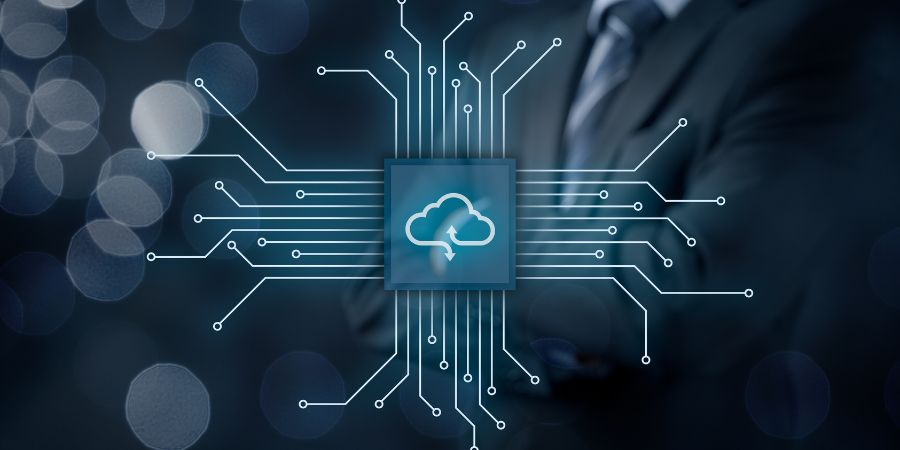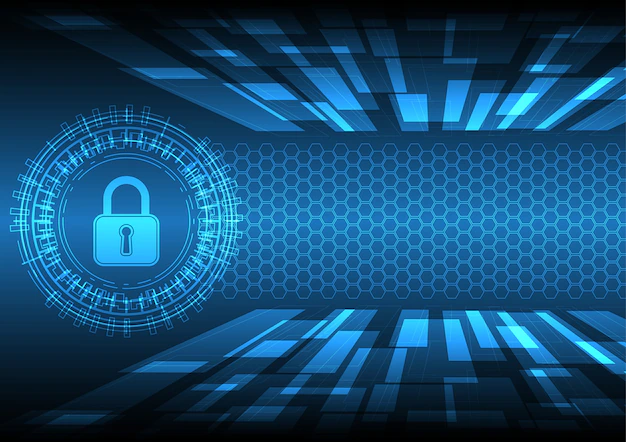Since its founding in 1901, NIST has emerged as a pioneer in creating security and technological best practices. Through NIST Special Publication (SP) 800-53, technological and security standards were initially developed as a starting point for Federal agency compliance. Additional NIST standards and CMMC solution that are extensively used by businesses of all sizes have been released over time.
The NIST Privacy Framework: What Is It?
NIST published the NIST Privacy Framework in January 2020. The NIST Privacy Framework is a consensual tool created in collaboration with stakeholders, according to NIST, to assist organizations in identifying and managing privacy risks so they can develop cutting-edge products and services while safeguarding the privacy of their customers. The Cybersecurity Framework, which both federal agencies and commercial enterprises have widely adopted, was released before the Privacy Framework. The NIST Privacy Framework provides a contemporary, pertinent, and effective solution for enterprises to handle such risks, given the growing attention paid to the hazards connected with data handling and the privacy rights of data subjects.
What Do the Various NIST Frameworks Consist Of?
Creating standards “to be used across society for the welfare of the public and enhanced quality of life” is one of NIST’s main goals, according to the organization. The standards cover anything from rules for safeguarding technology to standards for reducing fire-related problems. NIST wants to set the benchmark for how things should work across various procedures for usage by both governmental and private organizations.
The following is a list of those that are most pertinent to technology and security:
NIST SP 800-53, Rev. 5
NIST SP 800-171, Rev. 2
NIST Cybersecurity Framework
NIST Privacy Framework
A Framework for Risk Management
How Does one Create a Privacy Framework?
The significance of putting in place a privacy framework is obvious as businesses struggle to decide whether to handle or hold personally identifiable information (PII) while weighing the rights of data subjects. The most thorough way to comprehend privacy duties related to processing PII is through a privacy framework. For example, the General Data Protection Regulation (GDPR) law has regulatory compliance obligations that can be successfully and thoroughly addressed with the appropriate framework.
An organization can conduct a risk analysis relevant to its security objectives with a privacy framework. To identify the risk of an adverse privacy event, an organization should employ a privacy-focused risk analysis to understand better the types of data stored and processed within its system, how that data travels, and how users engage with the system.
Developing knowledge of a company’s strategy, goals, operations, commodities, innovations, people, and clients/end users is the fundamental building block of a CMMC compliance requirements framework. In terms of privacy, a strategy can be created by comprehending the connection between organizational risk and privacy risk.
Understanding this connection enables an organization to more accurately pinpoint any privacy-related risks that may be present in the organization’s data processing activities. These can include dangers like faulty data processing resulting in PII disclosure to an unauthorized recipient or the possibility that a data subject is never permitted to process their PII.
Following that, organizationally specific goals and safeguards are implemented to control the risks identified to a manageable level. Organizations use their own criteria and techniques to carry out risk assessments and put frameworks into place. This may be adequate. However, many firms may discover that they might gain from utilizing a set of agreed standards through a framework recognized by the industry, such as the NIST Privacy Framework. An existing framework offers the foundational principles, which an organization can subsequently implement through rules in a way that considers its particular environment.…



